How much space should be left around moving head lights for ventilation? | Insights by LQE
- 1. How much space should be left around moving head lights for ventilation?
- 2. What are the risks of inadequate ventilation for LED moving head lights?
- 3. How can I improve ventilation for my LED moving head lights?
- 4. Are there specific ventilation standards for stage lighting equipment?
- 5. How does LED technology impact ventilation requirements?
Ensuring adequate ventilation for LED moving head lights is vital to maintain optimal performance and extend their lifespan. Below are answers to five frequently asked questions regarding ventilation requirements for these fixtures.
1. How much space should be left around moving head lights for ventilation?
While specific guidelines for moving head lights are limited, general recommendations for electronic equipment suggest providing sufficient airflow to dissipate heat effectively. For instance, Impact LED recommends 24 square inches of ventilation per linear foot of sign length, equating to 2 inches above and below the fixture. Applying similar principles, ensuring at least 2 inches of clearance around moving head lights can facilitate adequate air circulation.
2. What are the risks of inadequate ventilation for LED moving head lights?
Insufficient ventilation can lead to overheating, causing reduced light output, color shifts, and potential damage to internal components. Overheating is a common issue in stage lighting, particularly in high-intensity environments like concert halls and theaters. Proper ventilation helps mitigate these risks by maintaining optimal operating temperatures.
3. How can I improve ventilation for my LED moving head lights?
Fixture Placement: Ensure fixtures are installed with adequate space around them to allow for proper airflow.
Use of Fans: Incorporate fans or active cooling systems to enhance air movement around the fixtures.
Regular Maintenance: Keep vents and cooling systems clean and free from obstructions to maintain effective heat dissipation.
Implementing these measures can significantly improve ventilation and prevent overheating.
4. Are there specific ventilation standards for stage lighting equipment?
While there are no universally mandated ventilation standards for stage lighting, industry best practices emphasize the importance of adequate airflow to ensure equipment safety and performance. For example, the Actors' Equity Association provides ventilation guidance for theatrical venues, highlighting the need for proper ventilation systems to maintain a safe environment.
5. How does LED technology impact ventilation requirements?
LED fixtures are more energy-efficient and produce less heat compared to traditional lighting technologies. This reduction in heat output can simplify ventilation requirements. However, even with LEDs, adequate ventilation remains essential to prevent thermal issues and ensure consistent performance.
Conclusion:
Proper ventilation is crucial for the optimal performance and longevity of LED moving head lights. By ensuring sufficient airflow, implementing active cooling solutions, and adhering to industry best practices, you can maintain equipment efficiency and safety. When selecting LED stage lighting, consider these ventilation requirements to make informed purchasing decisions.
About LQE:
LQE is a leading brand in the LED stage lighting industry, known for its innovative designs and commitment to quality. Their products incorporate advanced thermal management systems, ensuring optimal performance and durability. With a focus on customer satisfaction and cutting-edge technology, LQE continues to set standards in the lighting industry.
1000w
Does LQE Offer Customized Stage Moving Light Solution?
An experienced R&D team can provide customized digital stage lighting OEM/ODM solution service to meet clients’ unique demands from global markets, such as customized CRI parameter, Ingress protection rating, effect, etc.
Distributor
What support does LQE offer to its distributors?
We provide our distributors with a full package of support, including:
Marketing materials and product catalogs
Technical training and manuals
Fast-response after-sales service
Exclusive regional pricing and policies (for qualified partners)
Priority access to new products and updates
What are the advantages of becoming an LQE distributor?
Access to high-performance, patented lighting products
Competitive factory pricing and excellent profit margin potential
Strong R&D capabilities with 80+ national patents
Reliable production capacity: 100,000 units annually
Dedicated account manager to support your growth
Can LQE help with product training and technical guidance?
Absolutely. We offer remote training sessions, user manuals, installation guides, and continuous technical support to help your team understand and sell our products with confidence.
Is there a minimum order quantity (MOQ) to become a distributor?
MOQ requirements vary based on the product line and market region. However, for long-term distribution partnerships, we are flexible and can start with a trial order to build trust.
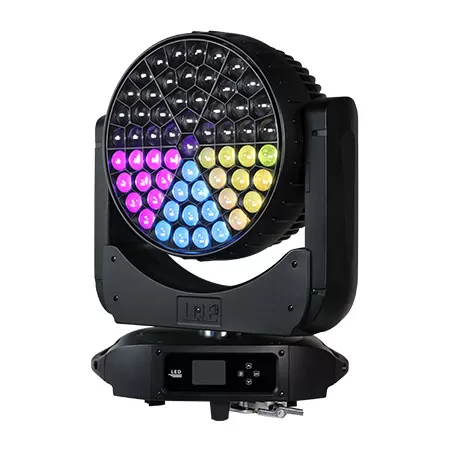
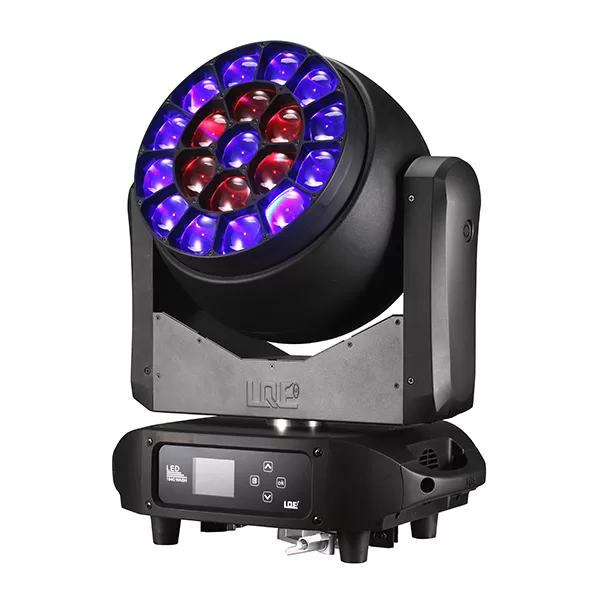
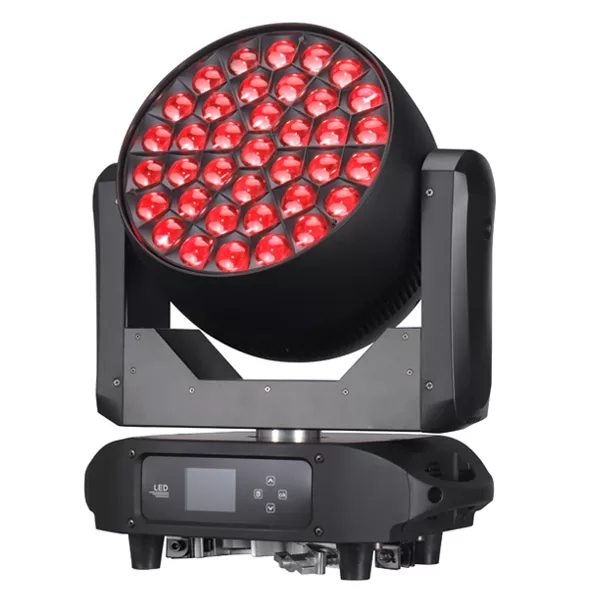
Want to learn more information?
[Reach out to us and receive professional guidance, a personalized quote, and the best solution for your needs.]

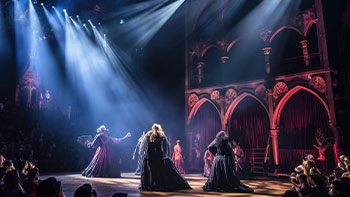
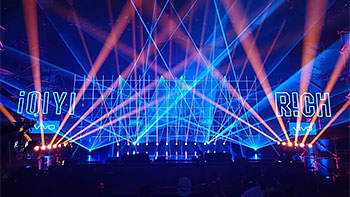
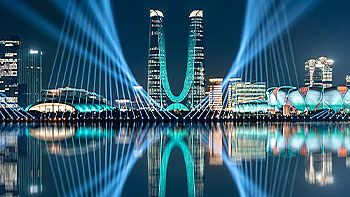
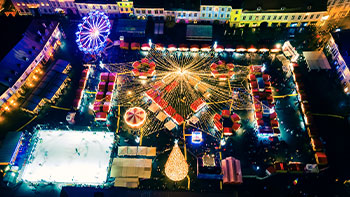
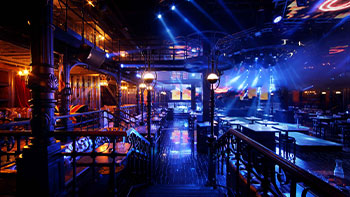
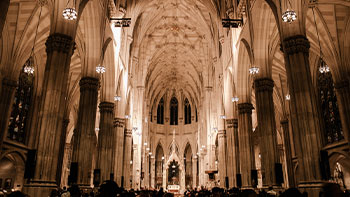







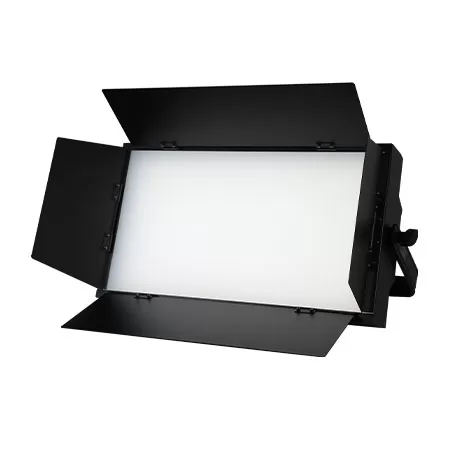
Linkedin
YouTube
Whatsapp: +8618924548390
TikTok